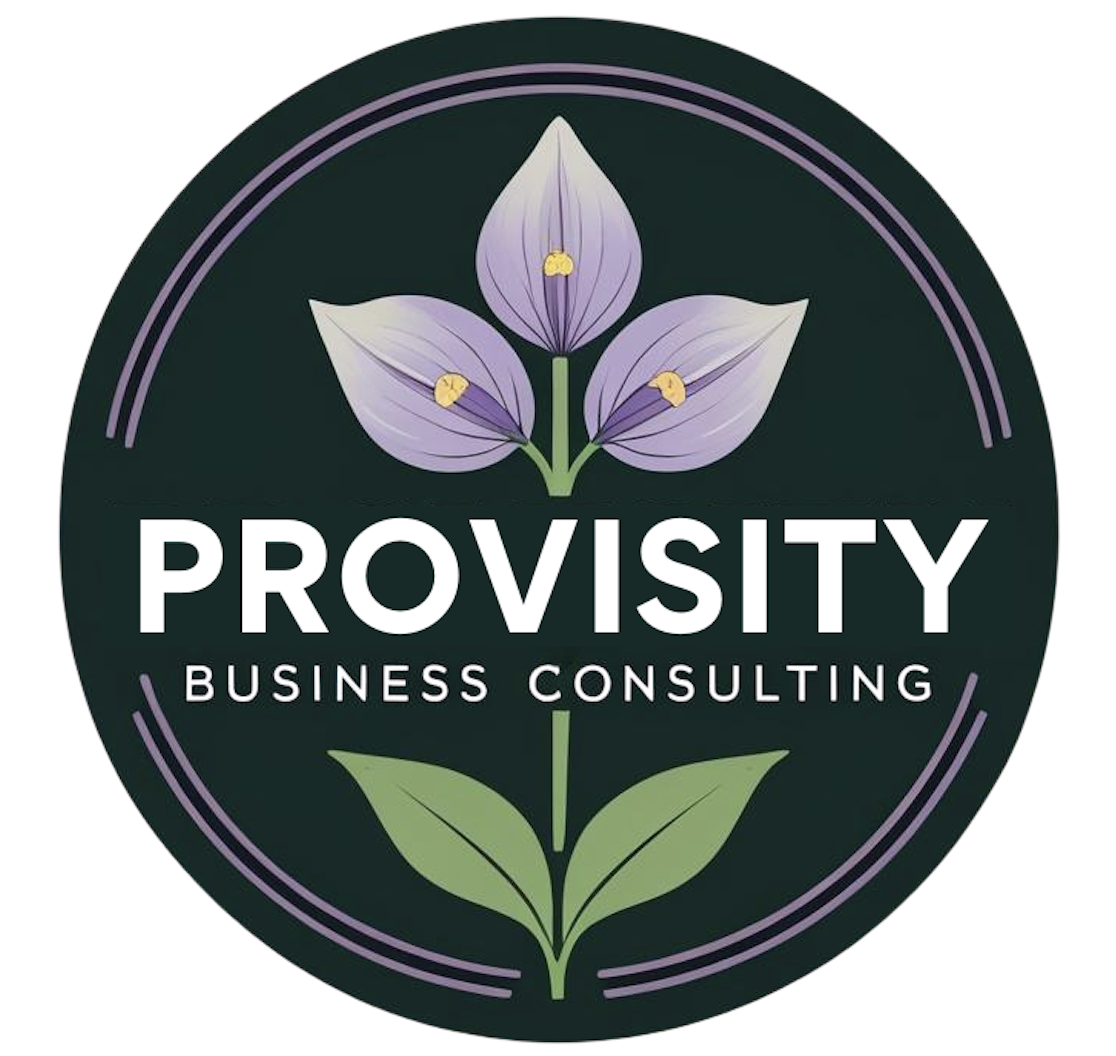Keep More Profit: Smart Tax Moves for Contractors Building Spec Homes
- Provisity Consulting

- Sep 27
- 3 min read
For many contractors, building a spec home can be an exciting opportunity. It combines your construction expertise with the chance to generate significant profit from a sale. But there’s a catch: how you structure and report that project can dramatically change the tax outcome. Without proper planning, what feels like a big win on the construction side can become a painful surprise when the IRS takes its share.
Let’s break down what contractors should consider before diving into their next spec build.
Ordinary Income vs. Capital Gains: The Key Distinction
The first question is how the IRS classifies your spec home. If you’re in the business of building and selling, the IRS generally treats these homes as “dealer property.” That means profits are taxed as ordinary business income rather than capital gains.
Ordinary income: Taxed at your marginal tax bracket (which could be 24%, 32%, or higher).
Capital gains: Taxed at preferential rates of 0%, 15%, or 20% depending on your income.
This classification makes a huge difference, and unfortunately, most spec builds fall in the ordinary income category.
Entity Structure Matters
How you hold the property matters for both taxes and liability:
Personal name/title: If you build a spec home in your own name and sell it right away, the IRS will still see it as dealer property. You’ll pay ordinary income tax, and you may be personally exposed to liability.
LLC or S Corporation: Titling the property under an entity provides liability protection and cleaner accounting. Your construction business can bill the entity for the build, and expenses are easier to track. However, the tax result is usually still ordinary income.
When Living in the Home Makes Sense
There is one powerful strategy: the primary residence exclusion under Section 121.
If you live in the home for at least 2 out of 5 years, you can exclude up to $500,000 of gain (married filing jointly) or $250,000 (single) from federal taxes.
That means if you build a home, live in it as your primary residence for 2 years, and then sell, the profit can be completely tax-free up to the exclusion limit.
Of course, this requires actually moving in and treating the home as your residence (driver’s license, mailing address, homestead exemption, etc.), so it’s not always practical. But for contractors willing to move every few years, this strategy can save hundreds of thousands in taxes.
1031 Exchanges: Usually Off the Table
Many investors rely on 1031 like-kind exchanges to roll profits into another property tax-deferred. However, 1031 exchanges only apply to investment property held for productive use or long-term appreciation.
Spec homes built with the intent to sell are considered inventory/dealer property and do not qualify for a 1031 exchange.
Don’t Overlook Project Costs
Even if your spec build is taxed as ordinary income, you can soften the blow by capturing every allowable cost. Under IRS §263A, contractors must capitalize most direct and indirect costs into the property’s cost basis. This means these costs aren’t deducted immediately but instead reduce taxable profit when the home is sold.
Examples include:
Direct construction costs: land, materials, subcontractors, labor, permits, engineering, landscaping.
Financing costs: loan interest, origination fees, bank charges (capitalized during construction).
Carrying costs: property taxes, insurance, utilities, HOA dues during construction.
Indirect costs: project management software, tools, vehicle mileage, cell phone use, office supplies, professional fees.
Sale costs: realtor commissions, closing costs, attorney fees, transfer taxes.
By carefully tracking and capitalizing these expenses, you increase the property’s basis — which directly reduces the taxable gain when the property sells.
Practical Takeaways for Contractors
Decide intent early. If the plan is to sell immediately, treat it as ordinary income and run it through an LLC or S corp for liability protection.
Consider the 2-year residence rule. If you’re open to living in your spec home, Section 121 is one of the most powerful tax breaks available.
Track every cost. From permits to mileage to realtor fees, thorough documentation ensures you maximize your cost basis and minimize taxable gain.
Plan for the next build. If you want to make spec homes a recurring strategy, talk to your CPA about setting up a dedicated entity for consistency and protection.
Provisity Consulting can help provide bookkeeping and accounting support for your next project, in addition to connecting you with professional resources such as CPAs and realtors.
Disclaimer: This article provides general guidance only and should not be taken as tax advice. Every contractor’s situation is unique. Always consult with a qualified CPA or tax advisor before making decisions about how to structure or report your spec home projects.





Comments